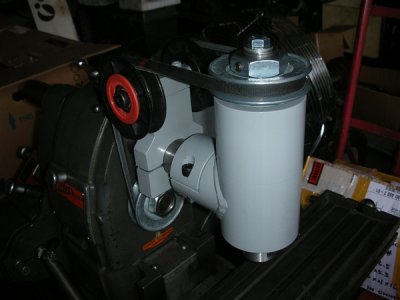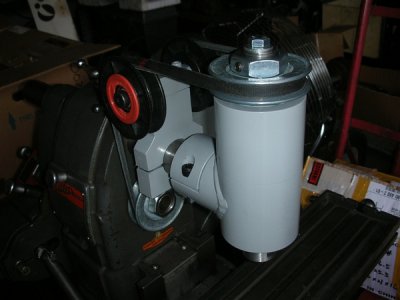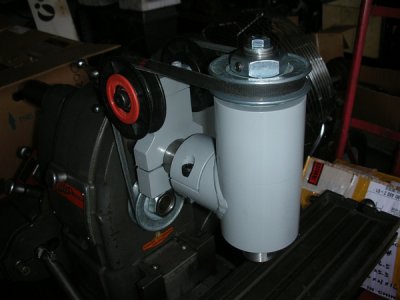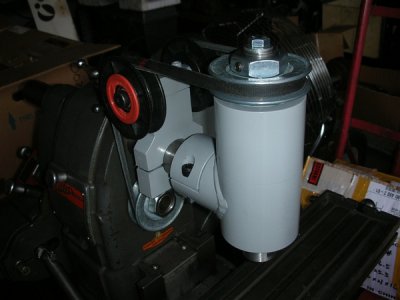First, the G0704 is really in a different size class than the Atlas, so with the choice being between them, the G0704 will definitely be the better choice. One of the points brought up against the Atlas mill is the lack of quill, but while the 0704 has one, it has no way to tilt the head, which is one area where the quill can really shine like it does on a Bridgeport (drilling holes at an angle, spot facing at an angle, etc.). You get the same versatility for drilling with a drill press and xy table as you do with the G0704. The Atlas (normally) has a power feed, which is an add on for any of the import small mills (and an expensive one, at that). Power feed is especially nice if you are cutting steel with a small cutter and really need to feed at an exceptionally slow speed, which is hard to do by hand. While the Atlas was on the low end of the machine tool quality scale when it was built (it was aimed at the hobbyist crowd), it is still head and shoulders above Chinese hobbyist machine tool quality, as the expectation for quality has changed since the Atlases were being built.






